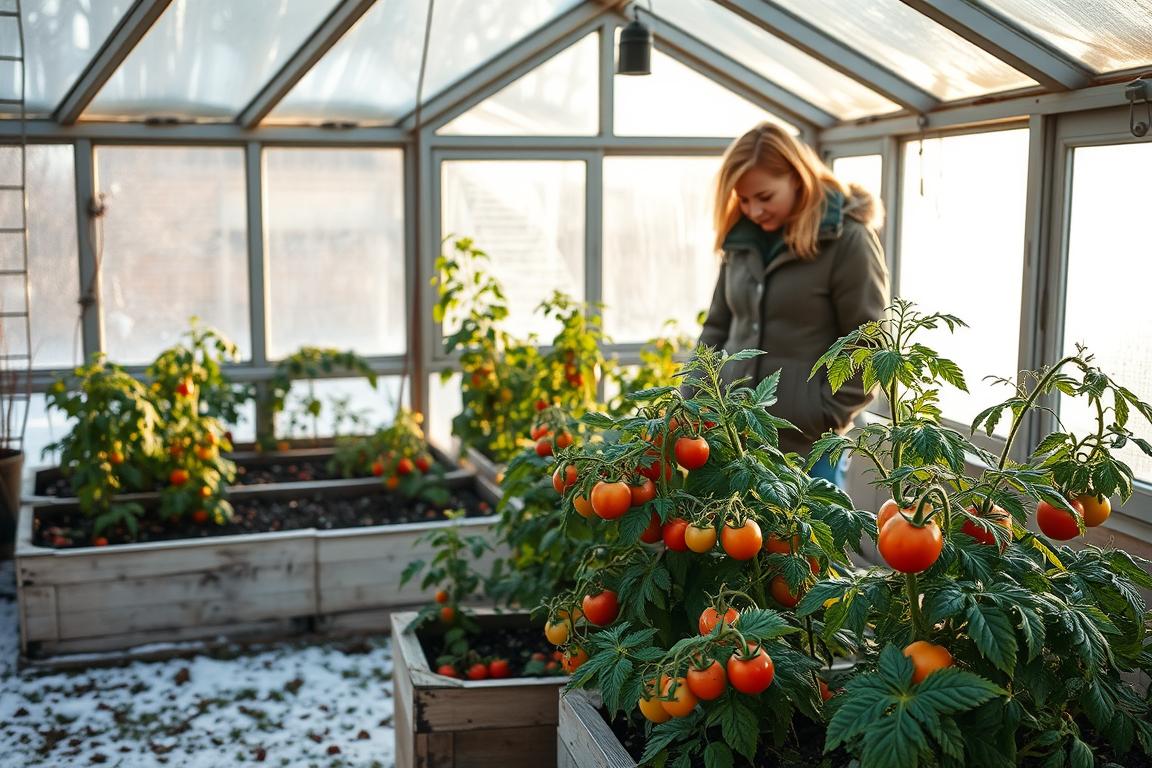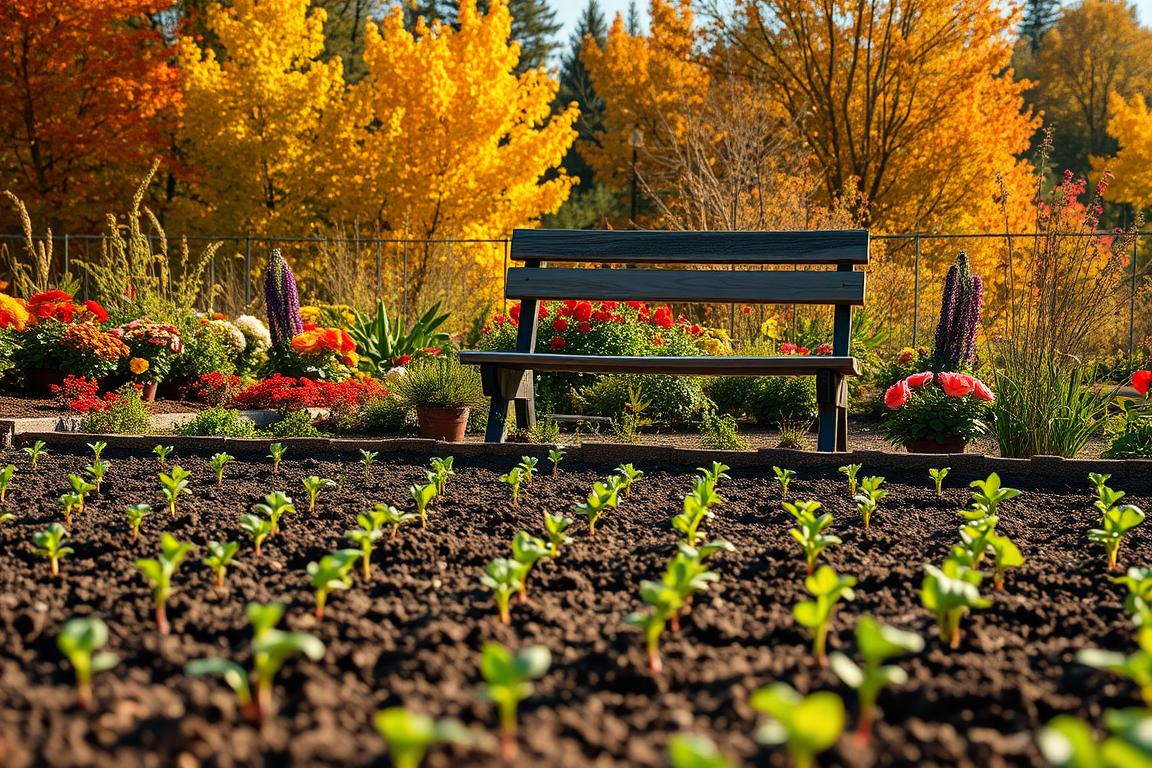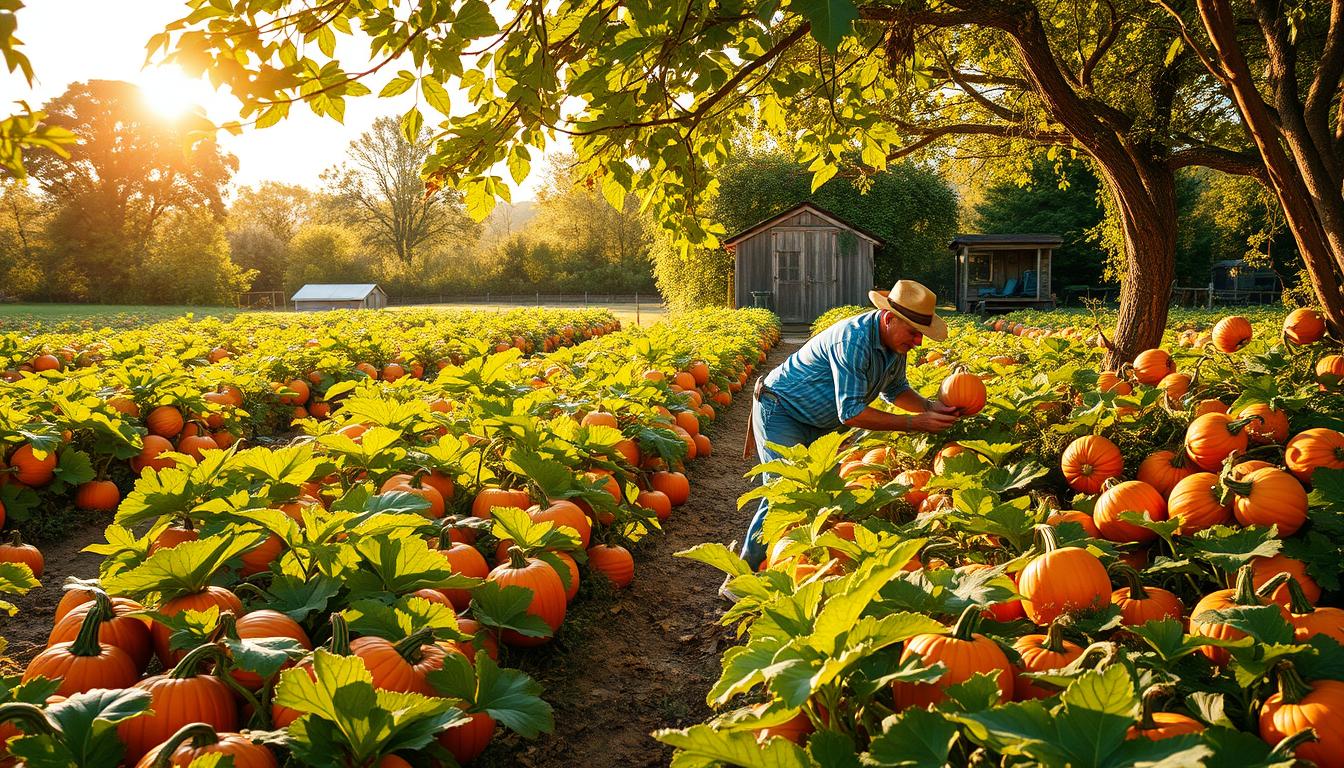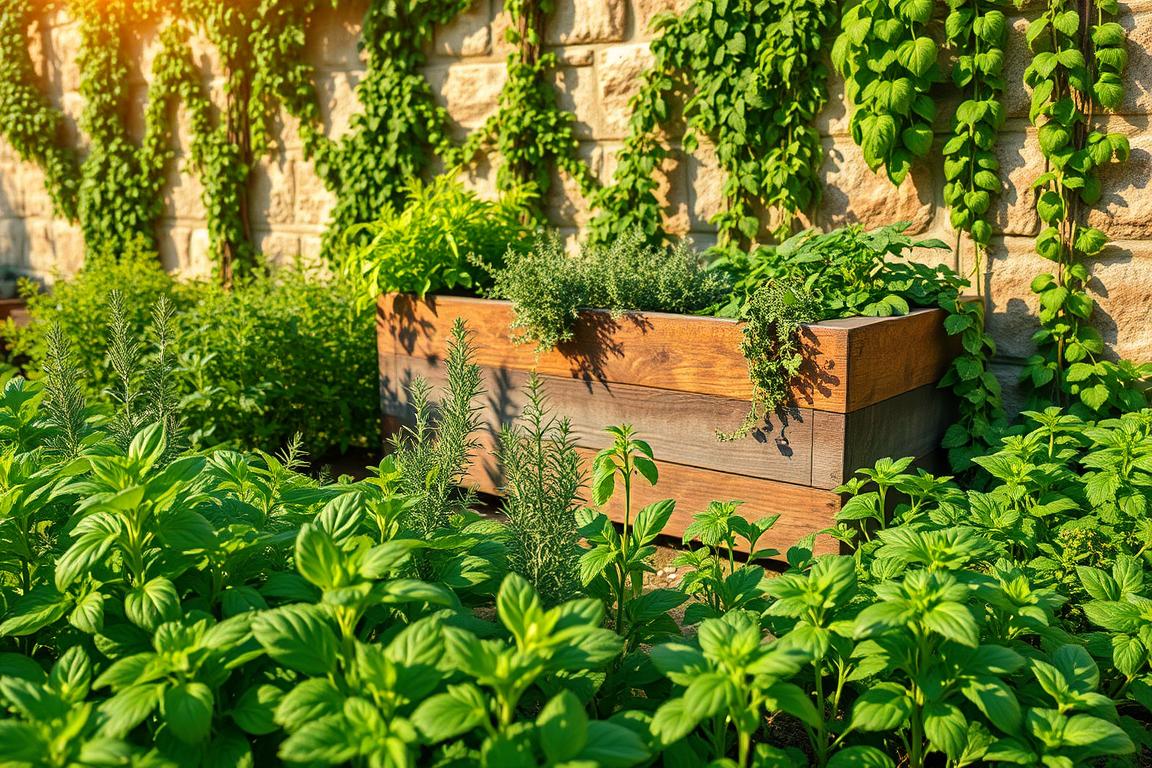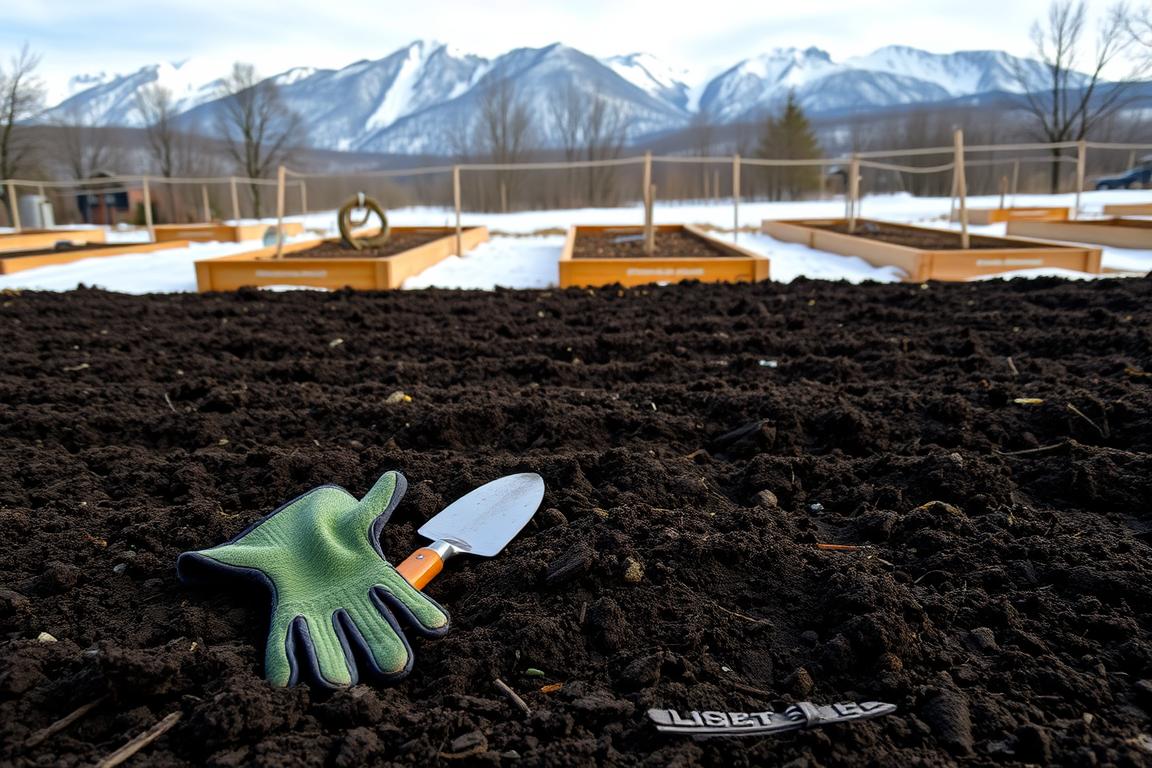Growing tomatoes in the colder months can be very rewarding. It lets you enjoy fresh, homegrown tomatoes all year. With the right techniques and varieties, like ‘Stupice’ and ‘Glacier’, you can grow delicious winter tomatoes.
To extend the tomato growing season into winter, you need careful planning. Choose varieties that can handle cooler temperatures. This way, you can have a big harvest even in the coldest months.
Key Takeaways
- Choose varieties like ‘Stupice’ and ‘Glacier’ for winter tomato cultivation.
- Use proper techniques to extend the tomato growing season.
- Enjoy fresh, homegrown tomatoes year-round with the right approach.
- Careful planning is essential for a successful winter harvest.
- Resilient varieties can thrive in cooler temperatures.
The Joy and Benefits of Winter Tomato Cultivation
Growing tomatoes in winter needs careful planning, but it’s worth it. Enjoying fresh tomatoes all year is a joy. With the right methods, it’s possible.
Year-Round Fresh Tomatoes: Why It Matters
Having fresh tomatoes all the time is a big plus for tomato lovers. It means you always have what you need for your favorite dishes. Plus, you get to enjoy the taste and health benefits of fresh tomatoes all year.
- Year-round flavor: Enjoy the rich flavor of fresh tomatoes in your cooking, even in the dead of winter.
- Nutritional benefits: Fresh tomatoes are rich in vitamins and antioxidants, making them a healthy addition to your diet.
- Increased food security: By growing your own tomatoes, you have more control over your food supply.
Understanding the Winter Growing Challenge
Growing tomatoes in winter has its own set of challenges. The cold and short days are the main hurdles. To overcome these, you need to understand them and adjust your growing methods.
- Choosing the right variety: Pick tomato varieties that do well in cooler weather and shorter days.
- Protecting from frost: Tomatoes can’t handle frost, so keeping your plants safe is key.
- Indoor growing tips: Using indoor growing methods, like container gardening, can help with winter growing.
Selecting the Best Tomato Varieties for Winter Growing
Choosing the right tomato variety is key for winter growing success. Some tomatoes do better in cold weather. ‘Stupice’, ‘Glacier’, and ‘Jetsetter’ are great for winter.
For these varieties to thrive, follow best practices. Make sure they get enough light, either from the sun or grow lights. Using cold frames or hoop houses can also protect them from harsh weather.
Planning carefully is crucial for winter tomato success. Pick the right variety and follow a care guide. For indoor growing, keep the temperature and humidity just right for a healthy crop.
With the right approach, you can have fresh tomatoes all year. Whether you’re new to gardening or experienced, winter tomato growing can be rewarding.
FAQ
What are the best tomato varieties for growing in winter?
For winter, ‘Siberian’, ‘Stupice’, and ‘Glacier’ are top picks. They handle cold well and grow in short days.
How do I protect my tomato plants from frost?
To shield your tomatoes from frost, try a few methods. Use a frost blanket, move potted plants inside, or set up a cold frame.
Can I grow tomatoes indoors during the winter?
Absolutely, you can grow tomatoes indoors in winter. Just use containers and ensure they get enough light, either from a window or grow lights.
How often should I water my winter tomato plants?
Winter tomatoes need less water than summer ones. Check the soil often and water only when it’s dry to avoid root rot.
What are some best practices for growing winter tomatoes in containers?
For container-grown winter tomatoes, use a mix that drains well. Make sure they get enough light and keep them in a safe spot from harsh weather.
How can I extend the tomato growing season in my area?
To make tomatoes grow longer, start seeds indoors early, use row covers to warm the soil, and pick quick-maturing varieties.
Are there any specific tips for growing tomatoes in cold weather?
Growing tomatoes in cold weather? Choose cold-resistant varieties. Protect them from wind and frost, and ensure good air flow to fight disease.


